Spot Welding Machines: Revolutionizing Manufacturing Efficiency and Quality in 2023
In 2023, the manufacturing landscape is witnessing a transformative shift with the advent of advanced spot welding machines, which are crucial for enhancing both efficiency and quality in production lines. According to a report by MarketsandMarkets, the global spot welding machine market is projected to grow from $2.1 billion in 2021 to $3.5 billion by 2026, reflecting a compound annual growth rate (CAGR) of 10.5%. This surge is driven by the growing demand for automation in the automotive and aerospace industries, where precision and reliability are paramount. Spot welding machines are not only improving production speed but also ensuring optimal overlap of welded surfaces, leading to superior structural integrity. As manufacturers increasingly adopt these innovative technologies, they are set to achieve lower operational costs and enhanced product quality, marking a significant leap in modern manufacturing practices.

The Evolution of Spot Welding Technologies in 2023
The evolution of spot welding technologies in 2023 has marked a significant leap in the manufacturing industry. With advancements in automation and smart technology, modern spot welding machines now incorporate artificial intelligence and real-time data analytics to enhance precision and efficiency. These innovations allow manufacturers to optimize operational processes, reduce waste, and achieve higher quality welds consistently. The integration of IoT (Internet of Things) capabilities also enables better monitoring and troubleshooting, translating to minimal downtime during production.
Tips for maximizing the benefits of spot welding machines in your facility include regular maintenance checks to ensure optimal functioning and incorporating training programs for personnel on the latest technologies. Additionally, exploring the use of different welding methods, such as laser or resistance spot welding, can help you select the best option for your specific manufacturing needs, further improving product quality.
As the demand for tailored solutions increases, investing in advanced spot welding systems becomes crucial. The continuous development in welding technologies offers manufacturers the tools needed to not only meet production goals but also exceed customer expectations through enhanced quality and efficiency.
Spot Welding Machines: Revolutionizing Manufacturing Efficiency and Quality in 2023
| Technology Type | Efficiency Improvement (%) | Quality Enhancement (%) | Common Applications | Material Compatibility |
|---|---|---|---|---|
| Laser Spot Welding | 30% | 25% | Automotive, Aerospace | Steel, Aluminum |
| Capacitor Discharge Welding | 25% | 20% | Electronics, Appliances | Copper, Stainless Steel |
| Resistance Spot Welding | 20% | 15% | Construction, Shipbuilding | Mild Steel, High Strength Steel |
| TIG Spot Welding | 15% | 30% | Metal Fabrication, Arts | Aluminum, Titanium |
Enhanced Automation in Spot Welding Machines: A Game Changer for Manufacturers
The integration of enhanced automation in spot welding machines represents a significant milestone for manufacturers aiming to improve efficiency and quality in 2023. As industries increasingly rely on automation technologies, the introduction of advanced features in spot welding machines is reshaping manufacturing processes. These machines utilize robotics combined with artificial intelligence, significantly boosting speed and precision in welding operations. This trend is particularly evident in the automotive sector, where robotic solutions dominate welding tasks, known for their ability to maintain high consistency and reduce operational costs.
According to recent reports, the global friction stir welding (FSW) equipment market is projected to reach $229.50 million by 2024, growing at a CAGR of 6.1%. This statistic reflects a wider industry movement towards automation and new technologies. Furthermore, the adoption of digital twins and immersive reality is streamlining workflows in various domains, including aerospace and automotive manufacturing, making these innovations a game-changer for the production landscape.
**Tips:**
- To maximize efficiency, consider investing in machines that integrate AI for real-time monitoring and predictive maintenance.
- Regular training on new technologies for your workforce can enhance the overall effectiveness of automated systems in your facility.
Spot Welding Machines Efficiency Trends in 2023
Integrating AI and Data Analytics for Optimal Welding Performance
In 2023, the integration of AI and data analytics is transforming the landscape of spot welding machines, enhancing both manufacturing efficiency and the quality of welds produced. By leveraging real-time data and advanced algorithms, these systems optimize welding parameters, ensuring that each weld is executed with precision. This not only improves the overall performance of the welding process but also minimizes defects, which can lead to costly reworks and delays in production.
**Tip:** Regularly monitor machine data to identify trends in welding quality and make adjustments proactively. Utilizing predictive analytics can help foresee potential failures before they occur, allowing for timely maintenance and repairs.
As manufacturers strive for excellence, the role of AI in spot welding cannot be overstated. Intelligent systems can assess factors such as material type, thickness, and environmental conditions, adjusting welding techniques in real-time for maximum effectiveness. This leads to stronger, more reliable welds, which is critical in sectors such as automotive and aerospace where safety is paramount.
**Tip:** Invest in training programs for your workforce to ensure they are well-versed in the functionalities and benefits of AI-driven welding machines. A knowledgeable team can better leverage technology to enhance productivity and quality outcomes.
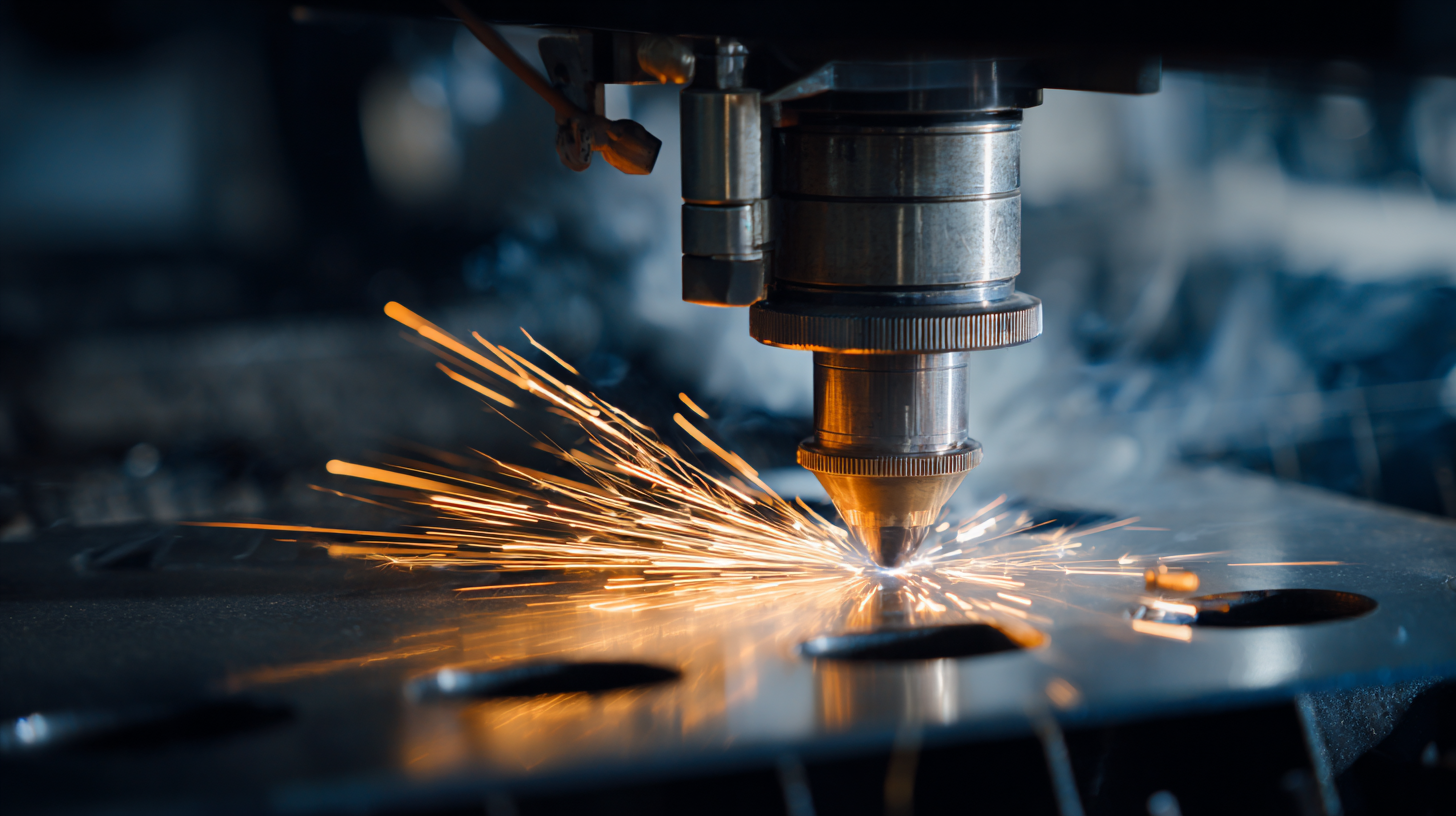
Quality Control Advancements: Ensuring Precision in Spot Welding
In 2023, advancements in quality control in spot welding have significantly elevated precision and consistency across manufacturing sectors. With the introduction of advanced sensors and real-time monitoring systems, manufacturers can now detect anomalies and control variables during the welding process with unprecedented accuracy. According to a report by MarketsandMarkets, the global spot welding equipment market is projected to reach $3.5 billion by 2025, with a compound annual growth rate (CAGR) of 6.2%. This surge is primarily attributed to the integration of advanced technology aimed at enhancing quality assurance protocols.
Moreover, the implementation of automated quality control frameworks allows for instantaneous adjustments to the welding parameters. A study conducted by the American Welding Society noted that precise control over welding conditions has resulted in a 30% reduction in defect rates, boosting overall operational efficiency. As industries such as automotive and aerospace increasingly rely on spot welding for critical components, the demand for these sophisticated quality control systems continues to rise, ensuring not only flawless production but also compliance with stringent safety standards.
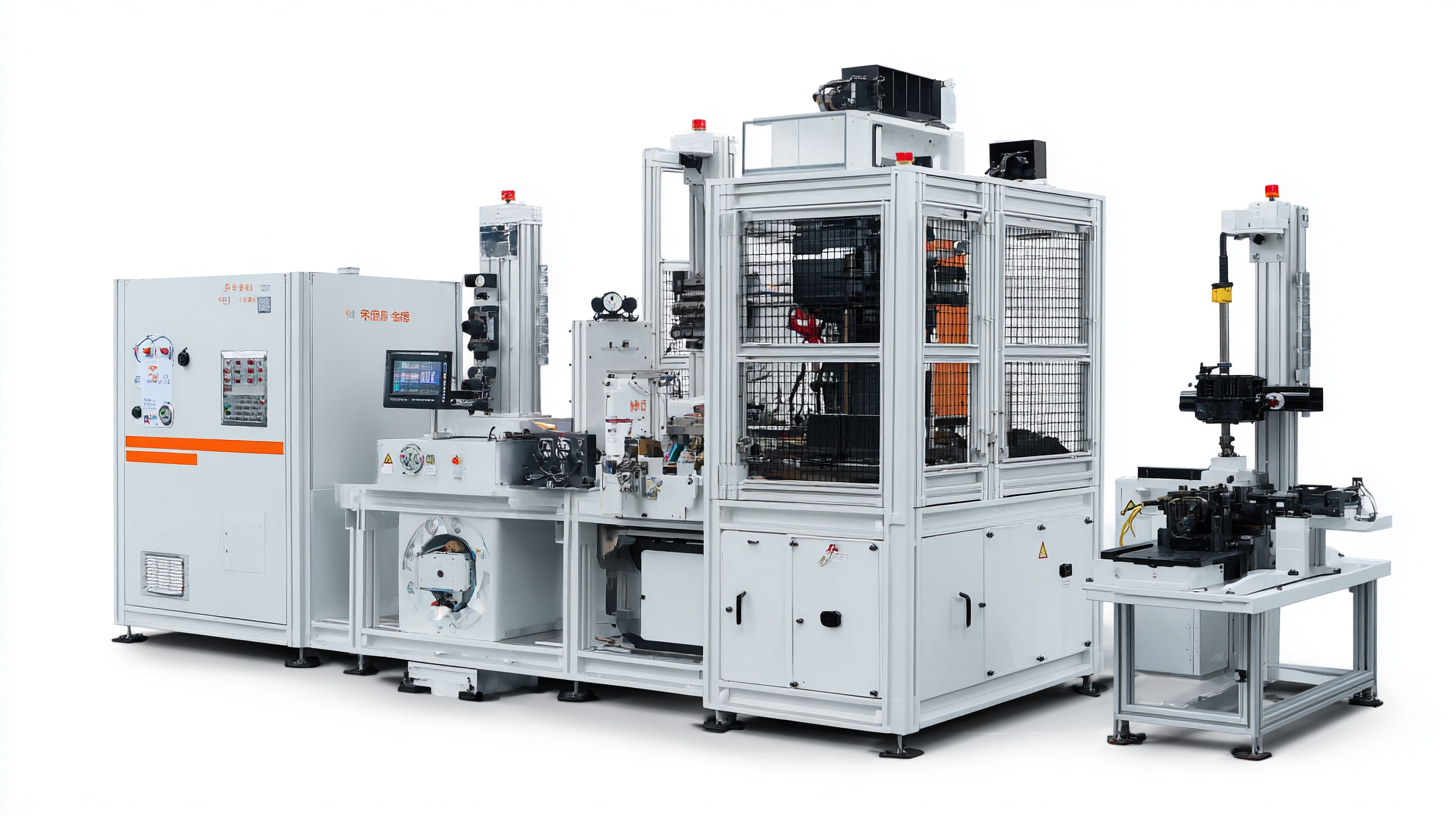
Sustainability in Manufacturing: Eco-Friendly Spot Welding Solutions
In 2023, the focus on sustainability has markedly transformed the landscape of manufacturing, with eco-friendly spot welding solutions leading this charge. Traditional welding methods often consume significant energy and release harmful emissions. However, advancements in technology have made it possible for modern spot welding machines to operate with enhanced energy efficiency and reduced waste. By employing innovative materials and processes, manufacturers are now able to minimize their carbon footprint while maintaining high-quality production standards.
The integration of sustainable practices into spot welding techniques not only benefits the environment but also enhances competitiveness within the industry. Companies investing in eco-friendly welding solutions are likely to appeal to a growing base of consumers who prioritize sustainability. Moreover, these machines often come with improved automation features, further increasing efficiency while ensuring consistent weld quality. The result is a win-win scenario where manufacturers can achieve their operational goals while contributing positively to the globe’s ecological health.
Related Posts
-

Unlocking the Future: How Automotive Welding Technologies Are Revolutionizing Vehicle Manufacturing
-
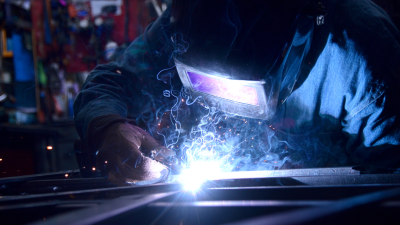
The Science Behind Welding Metal Techniques for Stronger Fabrications
-
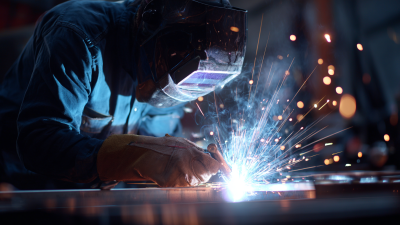
Revolutionizing Industrial Manufacturing: The Future of Seam Welding Machines in Modern Applications
-
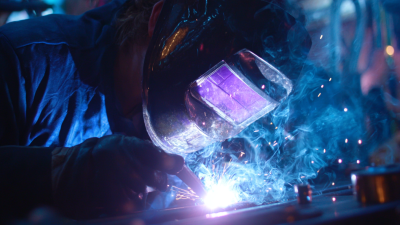
Ultimate Guide to Starting Your Own Mobile Welding Business in 2023
-
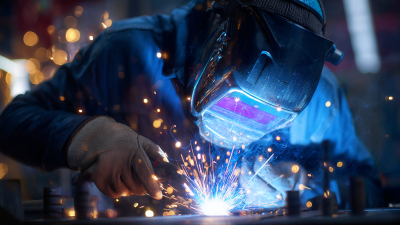
Ultimate Guide to Mobile Welding Techniques for Every DIY Enthusiast
-
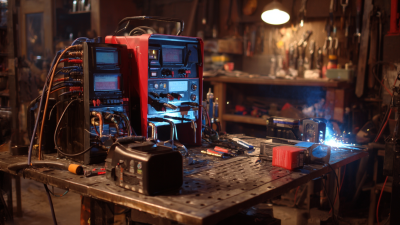
Understanding the Essential Components of MIG Welding Equipment for Beginners

Contact us
Please fill out the enquiry form, and our dedicated team will promptly attend to your request